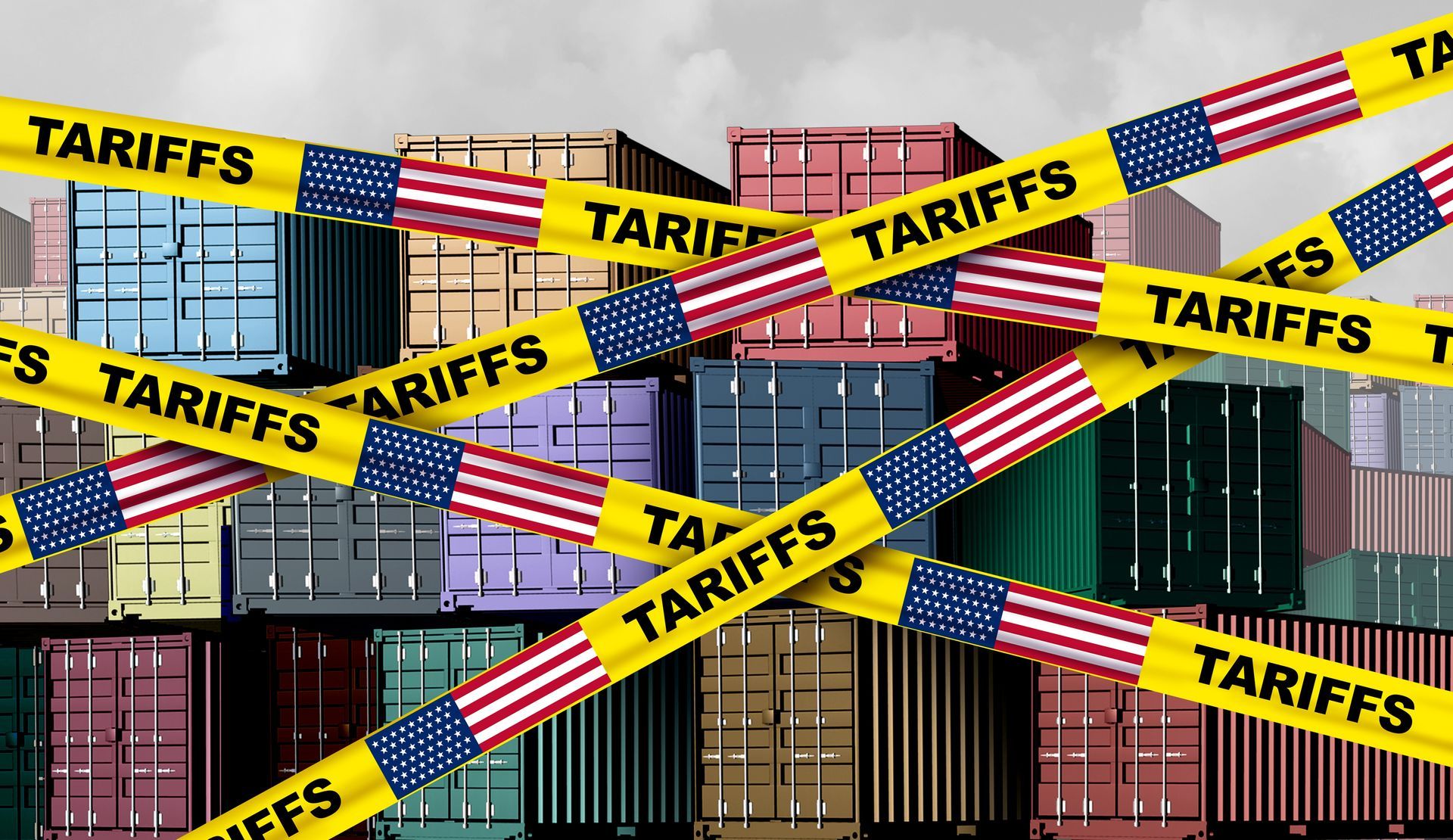SCOTUS to rule on Reciprocal Tariffs | Newsletter: November 2025
TOP NEWS
Oral arguments are scheduled to begin this week with the Supreme Court in regards to the Reciprocal Tariffs. Starting Wednesday November 5, 2025, the Court will consider issues including: separation of powers (Congress vs President in tariff setting), scope of IEEPA (what “unusual and extraordinary threat” means), and whether the major questions doctrine applies (i.e., big policy decisions by executive branch need clear congressional authorization).
If the SCOTUS rules the tariffs illegal, the tariffs would be invalidated, potentially requiring refunds for duties paid (though the extent, timing and who gets refunds remain very uncertain). If SCOTUS upholds the tariffs, it would affirm significant executive-branch authority to impose broad tariffs under IEEPA (or similar statutes) which could reshape trade policy.
The timing of the decision would ordinarily be expected by late spring or early summer 2026, but the SCOTUS has indicated that they will expedite a judgement which legal commentary would expect likely before the end of 2025.
DID YOU KNOW…
President Trump issued a proclamation imposing new Section 232 tariffs, which took effect on Nov. 1st, on imports of medium- and heavy-duty trucks, truck parts, and buses. Additionally, a 10% tariff has been imposed on imported school, transit, and motor coach buses.
A 25% tariff now applies to Class 3–8 trucks (e.g., large pickups, cargo trucks, dump trucks, tractors) and key parts such as engines, transmissions, tires, and chassis. Vehicles qualifying under the USMCA will only be taxed on non-U.S. content but noncompliance or overstated U.S. content could trigger the full 25% tariffs on all similar imports by that importer.
There is a domestic incentive for truck manufacturers assembling in the U.S. between Nov. 1, 2025 – Oct. 31, 2030. They can earn a 3.75% tariff offset, which can reduce duties on imported parts. A similar offset applies to engines and has been extended to auto manufacturers through 2030.
MORE TARIFF NEWS
A “framework” agreement was announced in late October between the U.S. and China. It is important to note that the October 25, 2025 date marks the beginning of the talks and not the final, fully signed treaty. Several sources have called the outcome a “framework” or a preliminary agreement, not a completely detailed, final deal.
Some of the major points of the potential agreements include:
- U.S. will reduce or suspend certain tariffs on Chinese goods (e.g., “fentanyl-related” tariffs drop)
- China will suspend new export controls on rare earths, gallium, germanium, antimony, graphite etc., at least temporarily
- China will resume major purchases of U.S. agricultural products, including soybeans
- China will take “significant measures” to curb shipments of fentanyl precursors to the U.S
Get actionable advice on cost-saving strategies that boost your bottom line.
Subscribe here:





















